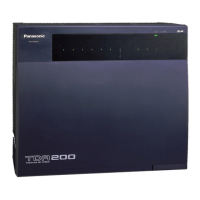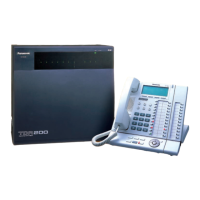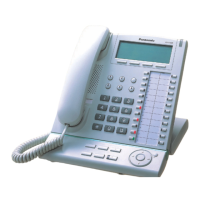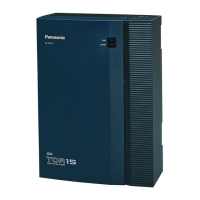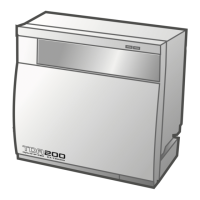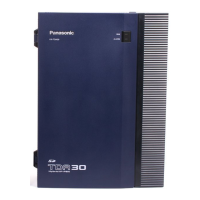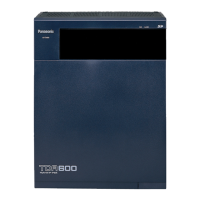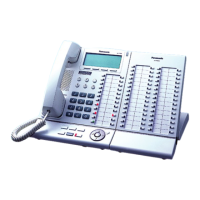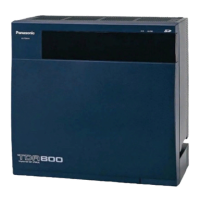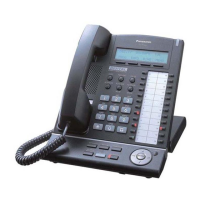• *1 " ", "#", FLASH/RECALL, PAUSE, Secret (INTERCOM) and TRANSFER can also be
stored.
If you do not want to display the stored number when making a call, press the Secret
(INTERCOM) button before and after the numbers you wish to conceal.
If you store an outside party’s number, you should first store a line access number.
If you need to enter an account code, you can enter the specified account code before the
line access number.
<Example>
• *2
Depending on the settings of your PBX, you may be required to enter delayed ringing time
(0: Immediate, 1: 1 ring, 2: 2 rings, 3: 3 rings, 4: 4 rings, 5: 5 rings, 6: 6 rings, 7: No ring). In
this case, you can automatically join a new ICD Group by creating a button for that group.
• *3 This button is not available for a PS.
• *4 0: Day/Night/Lunch/Break, 1: Day/Night/Break, 2: Day/Night/Lunch, 3: Day/Night
• *5 Availability of this button depends on the ISDN service of your telephone company.
Refer to "1.2.5 Accessing the ISDN Service (ISDN Service Access)".
• *6 This button is not available for the KX-T7665.
• *7 The button may not be available depending on the networking method in use or the settings
of the PBX.
• *8 It is possible to set delayed ringing for each SDN button.
• *9 This button is used for the integrated voice mail features.
• *10 The default voice mail floating extension number is 500.
• To exit at any time, lift the handset.
• You can select the parameter with the Navigator Key (Up or Down) instead of entering a
number.
User Manual 201
3.1.3 Customising the Buttons
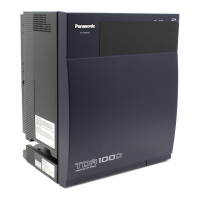
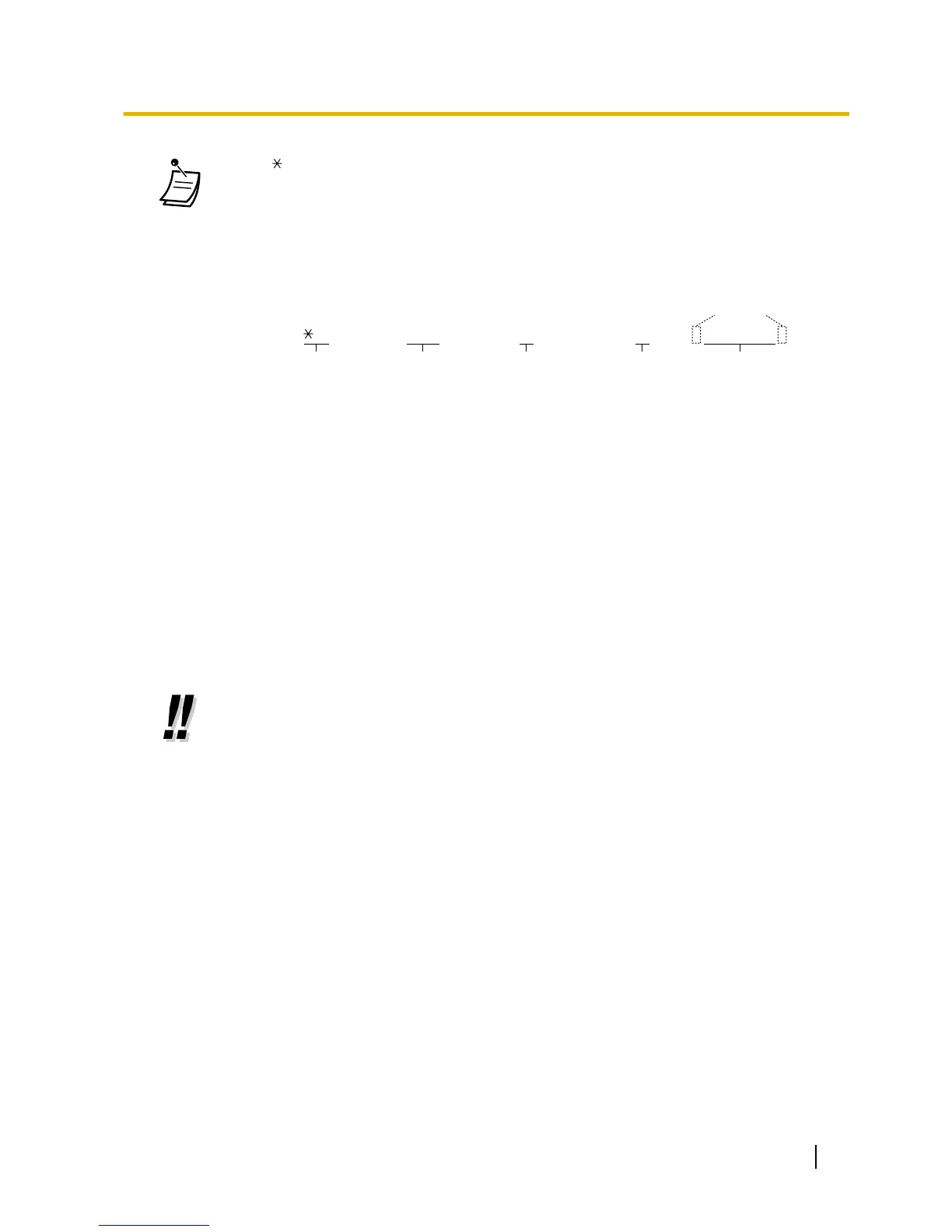